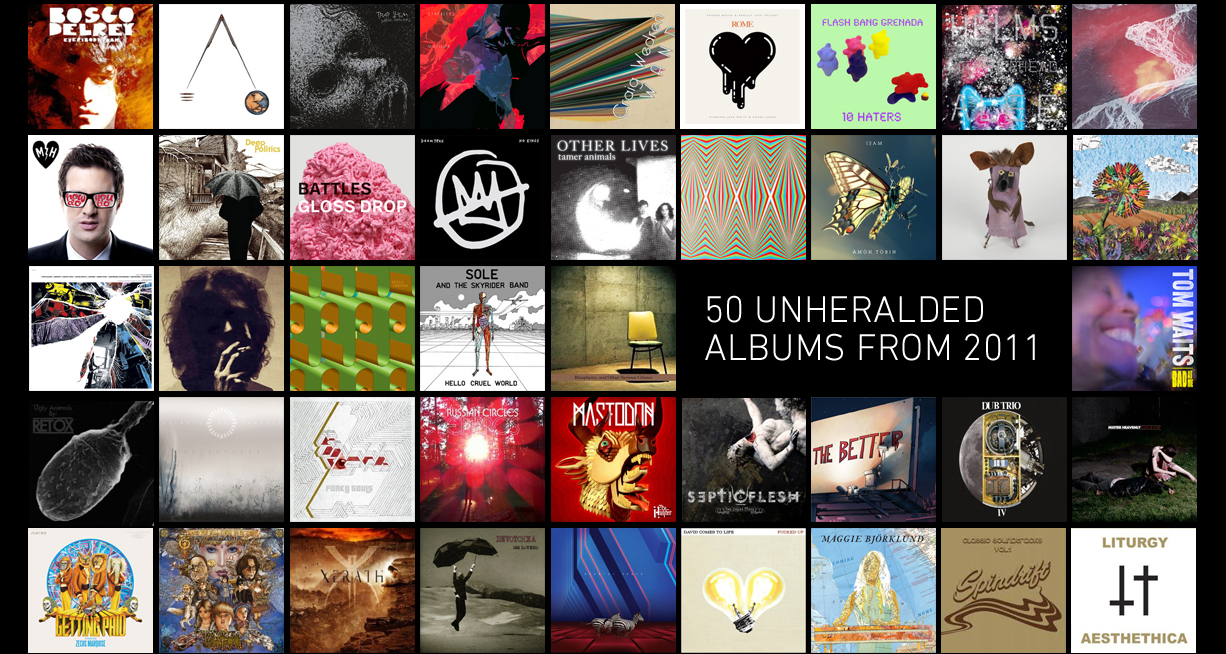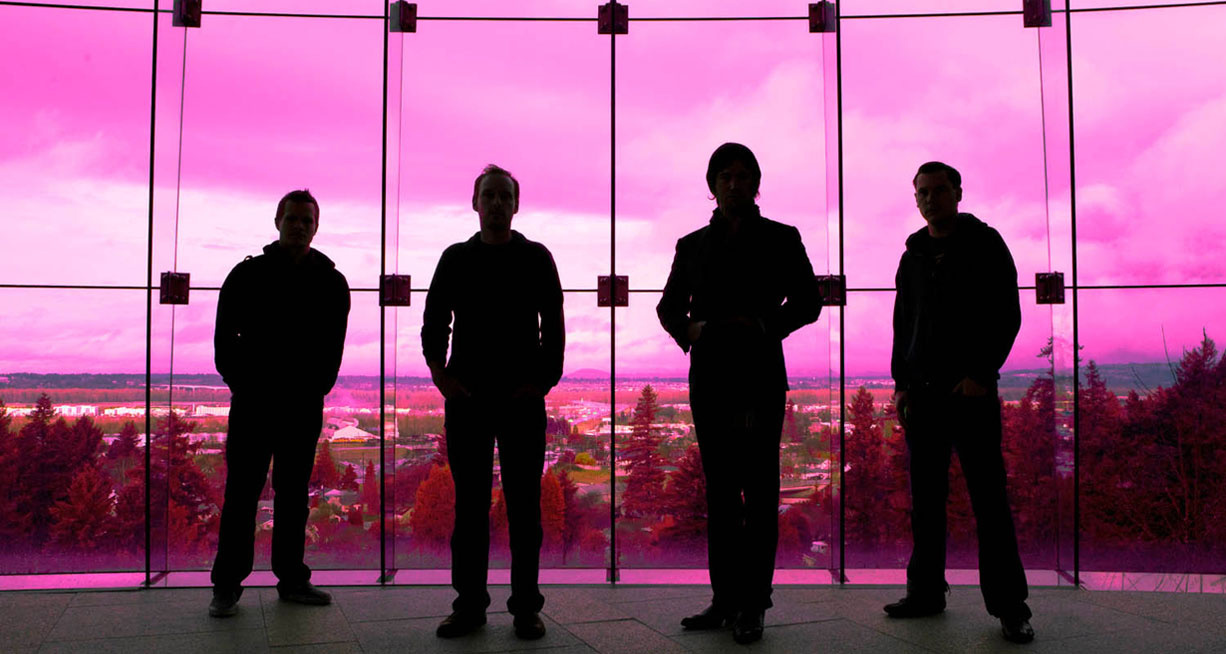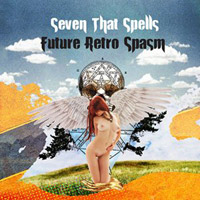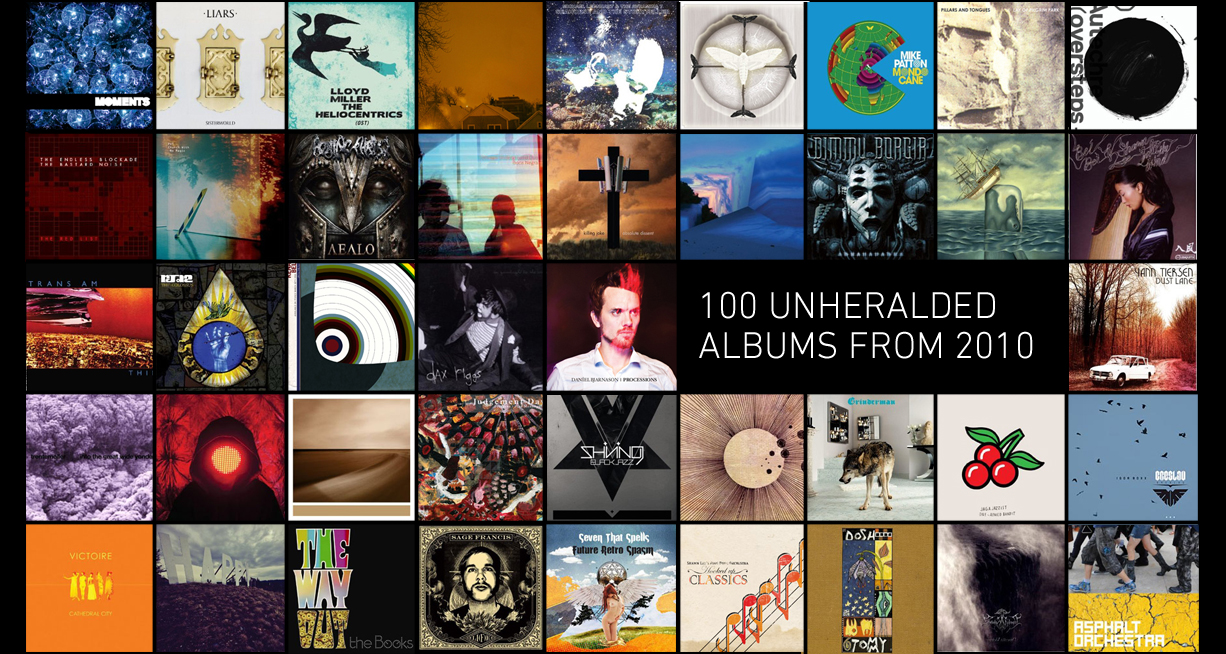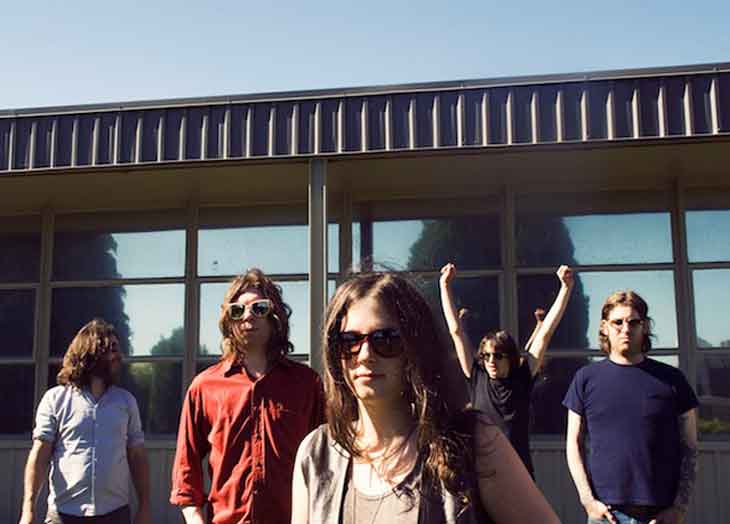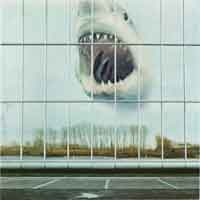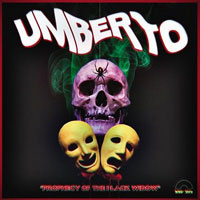 Jono El Grande: Phantom Stimulance (Rune Grammofon, 2/1/11)
Jono El Grande: Phantom Stimulance (Rune Grammofon, 2/1/11)
Jono El Grande: “Borrelia Boogie”
[audio:https://alarm-magazine.com/wp-content/uploads/2011/02/Jono_El_Grande_Borrelia_Boogie.mp3|titles=Jono El Grande: “Borrelia Boogie”]The off-kilter art rock of Norwegian bandleader, composer, singer, guitarist, and kazoo player Jono El Grande is like candy to fans of Frank Zappa and whimsical, progressive rock. In his 10 years of playing with The Luxury Band (née The Jono El Grande Orchestra), he has released four albums, including the multi-layered Neo-Dada in 2009 and the raucous Phantom Stimulance this winter.
Though he has enjoyed success in his native Norway, Jono’s delightfully eccentric music isn’t yet as well known overseas. Here he opens up about composing, why there’s no such thing as a “live favorite,” and how songs can take more than a decade to record.
According to your label, only one song on your newest record, Phantom Stimulance, is newly composed, with the rest being unreleased live favorites, compiled to commemorate your 10 years as a bandleader and 15 as a composer. Why did you decide to record these songs to celebrate this occasion?
There are two brand-new compositions on the album, not one — “Borrelia Boogie” and “Rise Of The Baseless Press-Base Toy.” The other songs are completely rearranged versions of songs that never reached an album and new arrangements of earlier-released songs that have evolved so much on stage during the years that they deserved to be released again, with new titles. “Live favorites” is a term that the record company came up with. Even if this record is presented as an anniversary, it is nevertheless the music that is most important. Always.
Why hadn’t the songs on Phantom Stimulance been recorded previously? Were they more suited to live performance than the studio? Are there any live favorites still yet to be recorded?
I am a composer who likes to develop compositions over time at live shows by adding new themes and parts to them. My working process is very often like this: I write the basic scores at home, then the band rehearses the music, and then we play the material live and mold it until I feel that it is ready to be recorded. And I never know exactly when each song is ready. The reason why these tracks haven’t been recorded previously is that, on earlier albums, there were other compositions that I felt were more ready than ones on Phantom Stimulance. You may call them “live favorites” — to me these tunes were the hard ones, the ones that I had to work a little extra with to make them worthy to be immortalized on an album. We used 40 to 60 tracks on each song. “La Dolce Vidda” contains 10 drum tracks, I think.
It was actually quite the same with Neo-Dada. Some compositions there date back to the ’90s. And to the last question: yes, there will be more “live favorites” to be released in the future. I just have to compose them first.

